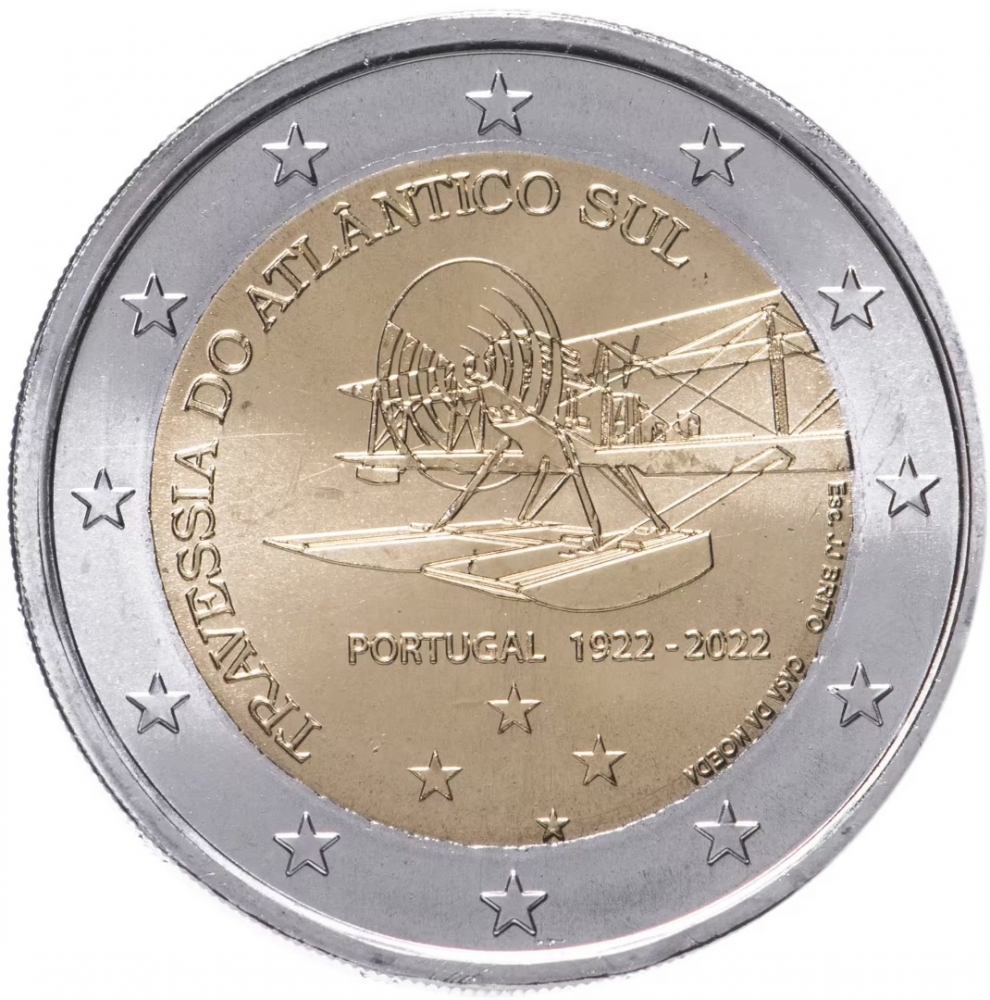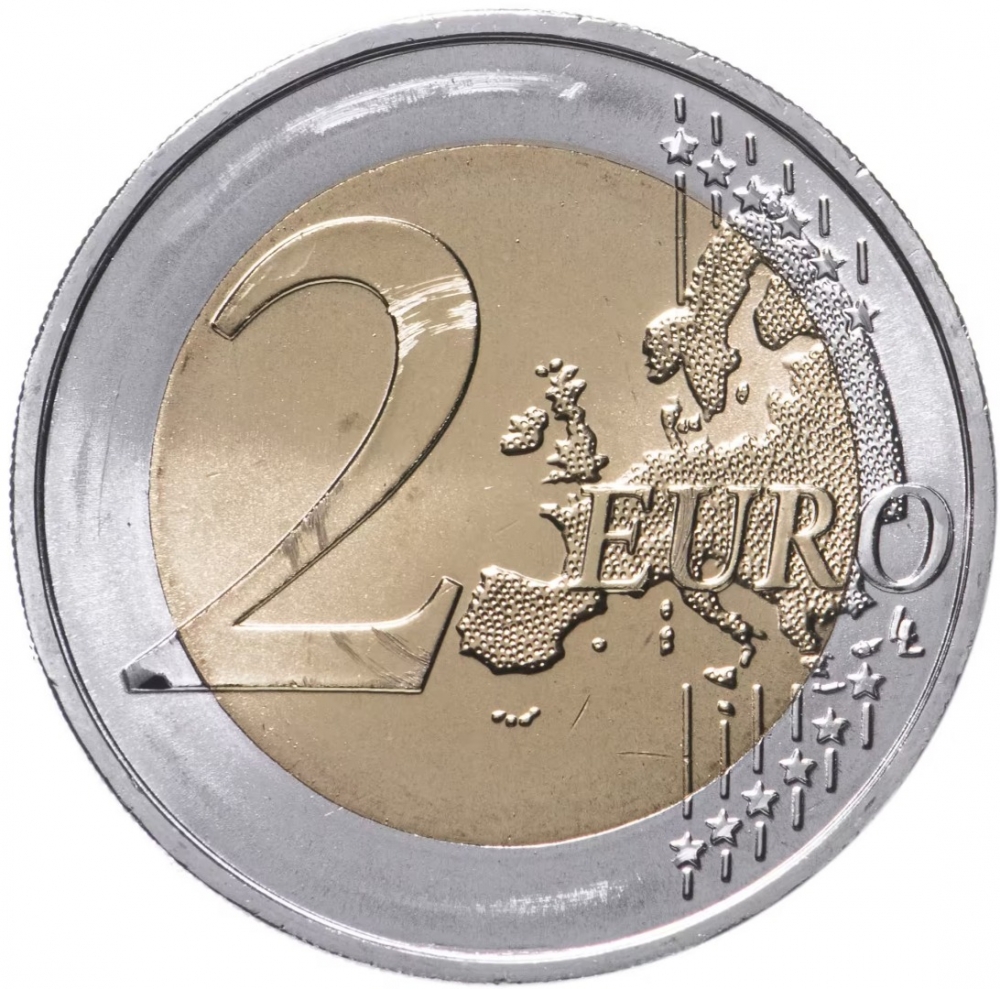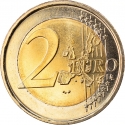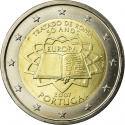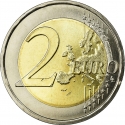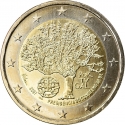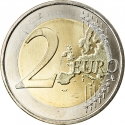You are about to finish your registration. Please check your mailbox (including spam folder). There should be a letter with a confirmation link. Check setting to make sure that your e-mail address is correct.
Send letter againDescription
The first aerial crossing of the South Atlantic was made by the Portuguese naval aviators Gago Coutinho and Sacadura Cabral in 1922, to mark the centennial of Brazil's independence. Coutinho and Cabral flew in stages from Lisbon, Portugal, to Rio de Janeiro, Brazil, using three different Fairey III biplanes, and covered a distance of 8,383 kilometres (5,209 mi) between 30 March and 17 June. Although the North Atlantic had already been traversed in a non-stop flight by John Alcock and Arthur Brown in 1919, Coutinho and Cabral's flight remains notable as a milestone in transatlantic aviation, and for its use of new technologies such as the artificial horizon.
Obverse

|
Depicts one of the three Fairey III seaplanes that Gago Coutinho and Sacadura Cabral used for the first crossing of the South Atlantic from Lisbon to Rio de Janeiro in 1922, surrounded by the inscription "Crossing of the South Atlantic" above, country name and dates below as well as the Southern Cross. On the lower right edge engraver and the mint names. The twelve stars of the European Union surround the design on the outer ring of the coin. TRAVESSIA DO ATLÂNTICO SUL |
|---|---|
Reverse

|
A geographical map of Western Europe spans the outer ring and inner core on the right side of the coin. The inscription 2 EURO is superimposed over the map of Europe, with the numeral “2” located in an open field representing the eastern Atlantic Ocean. 2 EURO |
| Edge |
The edge design features the seven castles and five coats of arms also found on the national side, all equally spaced |
Swap now (2 offers)
Characteristics
| Type | Commemorative Issue (Circulating) |
| Material | Nickel Brass |
| Weight | 8.5 g |
| Diameter | 25.75 mm |
| Thickness | 2.2 mm |
| Shape |
|
| Alignment | Medal |
| Mint |
Portuguese Mint and Official Printing Office (INCM)
|
